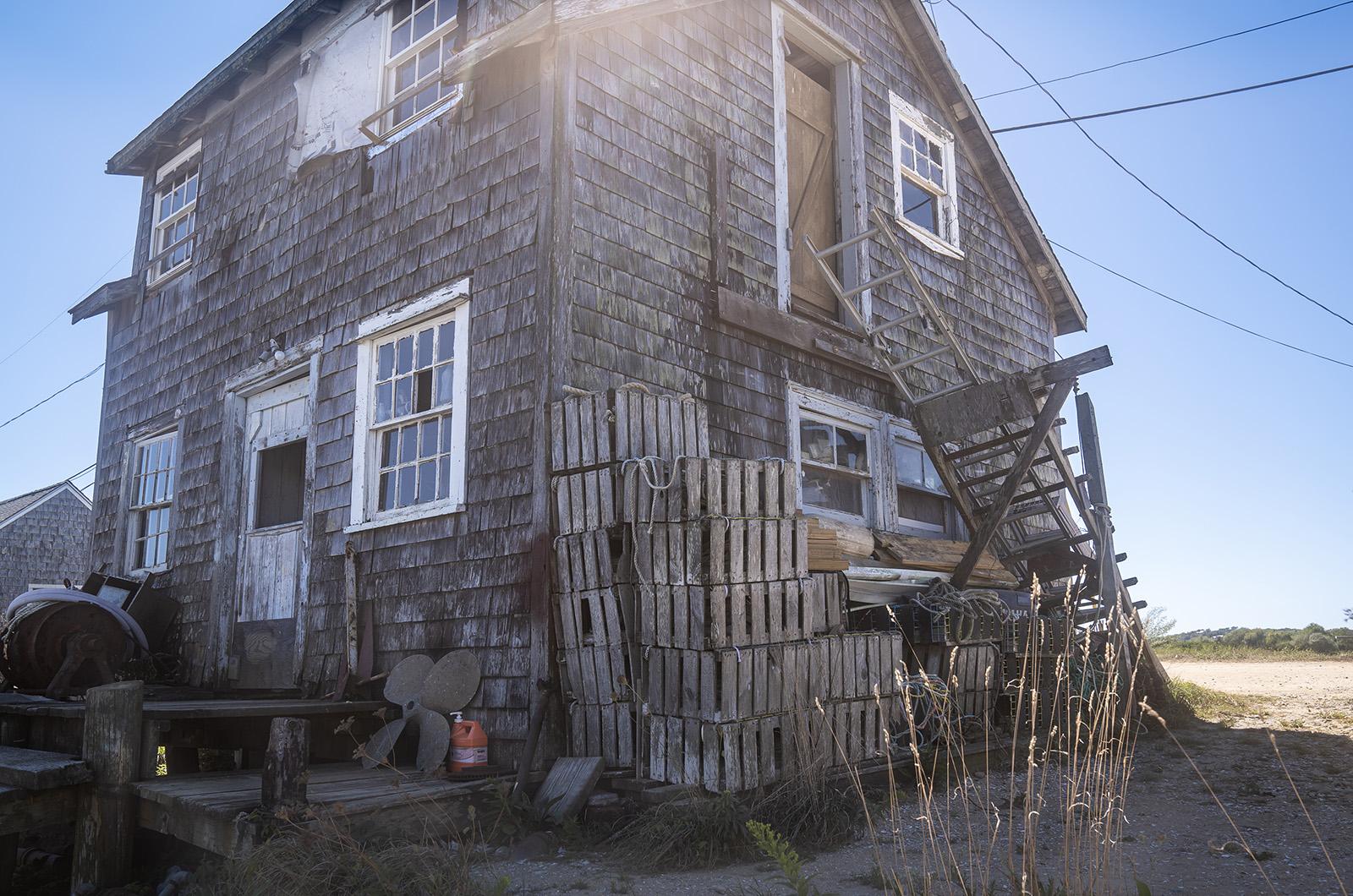From the Sept. 13, 1988 edition of the Vineyard Gazette:
Eddie Gentle 3rd of Edgartown, a senior at the regional high school, leads the Martha’s Vineyard Striped Bass and Bluefish Derby with a 15.57-pound bluefish he caught Saturday morning.
The youth of the Vineyard are already making a strong showing on the derby boards.
The first fish to be weighed in at the start of the derby on Saturday was caught by one such youngster, Tim R. Fullin, 13, of Vineyard Haven. Tim, an eighth grader, caught his fish at 45 minutes after the 6 a.m. start of the derby, with a hooked squid in the Lagoon Pond.
“We could see the fish break,” said Mr. Fullin’s father (also named Tim). “The fish was not far, not even 20 feet away.” Tim’s bluefish weighted 5.63 pounds.
Mr. Gentle went offshore to get the fish that put him at the top of the derby. He was out at Mutton Shoal which is east of East Beach in the morning when he caught his fish. The fish was weighed in that evening. A few derby fishermen have said Mr. Gentle’s fish will be difficult to beat.
Sherman Goldstein of West Tisbury, who has been fishing the North Shore, walked into derby headquarters yesterday morning with a 10.32-pound bluefish. Since the start of the derby, Mr. Goldstein said, he has caught a fish at every tide.
“Tides have been dawn and dusk, so we’ve been able to get seven hours of sleep a day which is all right,” he said.
But there will be other times, as the derby gets under way when many Vineyard fishermen will pass up a good night’s sleep for the lure of the water. Living by the rising and falling of a tide can have its price.
In a small stone shed built into the side of a hill on Penikese Island is a collection of artifacts, old jars and rusted tools, remnants from the leper colony and biological school that once occupied the island.
The artifacts were collected over a period of years by teacher Thomas Buckley and his students at the Penikese Island School for delinquent boys, the latest residents of a place with a rich and varied history. Mr. Buckley has since left the school, but his collection remains intact, one of the many monuments to the past on Penikese. Over the door of the shed are written the words, The Place To Be Is Where You Are. Penikese is a 75-acre island about a mile north of Cuttyhunk near the end of the Elizabeth Islands chain. The thick cedars that once grew on the island were taken down in the early 17th century for farming and sheep grazing. It has been over 80 years since the last sheep grazed on the island, but the cedars never came back. Today only a small grove of trees has returned on the leeward side of Penikese, which is primarily covered with grasses, low shrubs and giant boulders left behind by retreating glaciers. It is in and around the grove of trees that the boys of the Penikese Island School have built a house, school, barn and woodworking shed,
At the end of a path that leads through the grasses beyond the barn is a small graveyard where 14 lepers from the Penikese leper colony are buried. A handful of the graves have headstones, but most are noted with simple steel markers containing only the initials and age of the interred.
The state had planned to locate the leper colony on land it owned near Brewster, but according to the Boston Globe of July 8, 1905, “This plan was given up on account of the general remonstrance on the part of the residents of the Cape district.“
The state then turned its attention to Penikese, and as on the Cape, opposition among residents around Buzzards Bay was fierce. But the state purchased the island in July, 1905 for $25,000.
Today, a lone concrete shell of a building has survived on the windward side of the island amid the stone foundations of the leper cottages, which were dynamited or burned after the colony was closed in 1921.
In 1981 the Cuttyhunk Historical Society erected a small monument at the front gate of the tiny graveyard, commemorating Dr. and Mrs. Frank H. Parker for the work they did at the colony from 1907 to 1921. The plaque also lists the names of the 14 people buried in the yard. Thirty-nine lepers lived in the colony over its 15-year existence.
On the summit of Penikese are two brick cylinders dug into the ground. They are cisterns dating back to the Anderson School of Natural History, founded in 1873 by noted naturalist Louis Agassiz. John Anderson was a wealthy New York tobacco merchant who bought Penikese in the late 1860s as a summer retreat. He donated the Island and a $50,000 endowment to Mr. Agassiz to get the school going.
But Mr, Agassiz died late in 1873 and the school foundered the following summer. Near the cisterns, off the beaten trail, is a plaque commemorating the Anderson School and its founder. The plaque was erected in 1923 by the Marine Biological Laboratory of Woods Hole, which opened in 1888, a direct descendant of the school on Penikese.
Compiled by Hilary Wallcox
library@vineyardgazette.com







Comments
Comment policy »